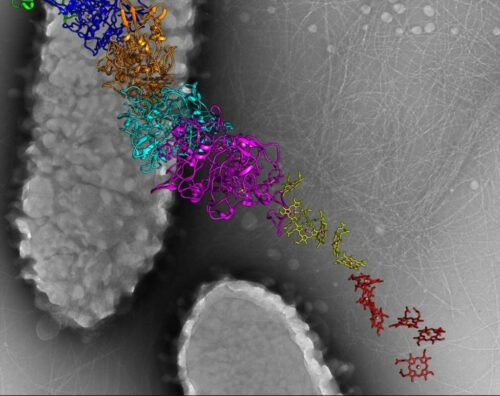Image Courtesy of Flickr.
The future of technology might be in bacteria. Geobacter sulfurreducens, a species of soil bacteria, survives by growing protein filaments called cytochrome nanowires. These structures are hidden highways, shuttling electrons at incredible speeds over hundreds of nanometers, but the mechanism behind the nanowires’ high conductivity has been a mystery. Previous work showed that heme groups inside the proteins were responsible. A team of Yale researchers, led by Professor Nikhil Malvankar and graduate student Peter Dahl in the Department of Molecular Biochemistry and Biophysics, investigated how hemes transport electrons. Their data ruled out electron “tunneling.” Instead, the nanowires work through “hopping,” where electrons and electron holes (spaces where there could be an electron but aren’t) jump from place to place–a phenomenon similar to semiconductors.
While semiconductors become worse at moving electrons at lower temperatures, the nanowires showed a different trend—after cooling, the wires became three hundred times more conductive than at room temperature, puzzling the researchers. “We were chasing down different hypotheses for a few years,” Dahl said. “Then Victor Batista [Professor of Chemistry at Yale] suggested looking at the hydrogen bonding network around the hemes.”
Hydrogen bonds play a key role in influencing protein structure. Dahl found that the “magical” increase in conductivity upon cooling vanished after experimentally weakening hydrogen bonds by replacing hydrogen atoms with deuterium, a heavier form of hydrogen. Then, Dahl ran computer simulations and discovered that changes in hydrogen bonding at colder temperatures caused the hemes to flatten. This resulted in a stronger electric field, leading to higher conductivity. The predicted heme geometry matched experimental data. “It’s a great example of why we need both experiments and computation working together,” Malvankar said. Because bacterial nanowires are sensitive to temperature changes, these nanowires could be implemented in biological sensors or sustainable electronics in the future.

